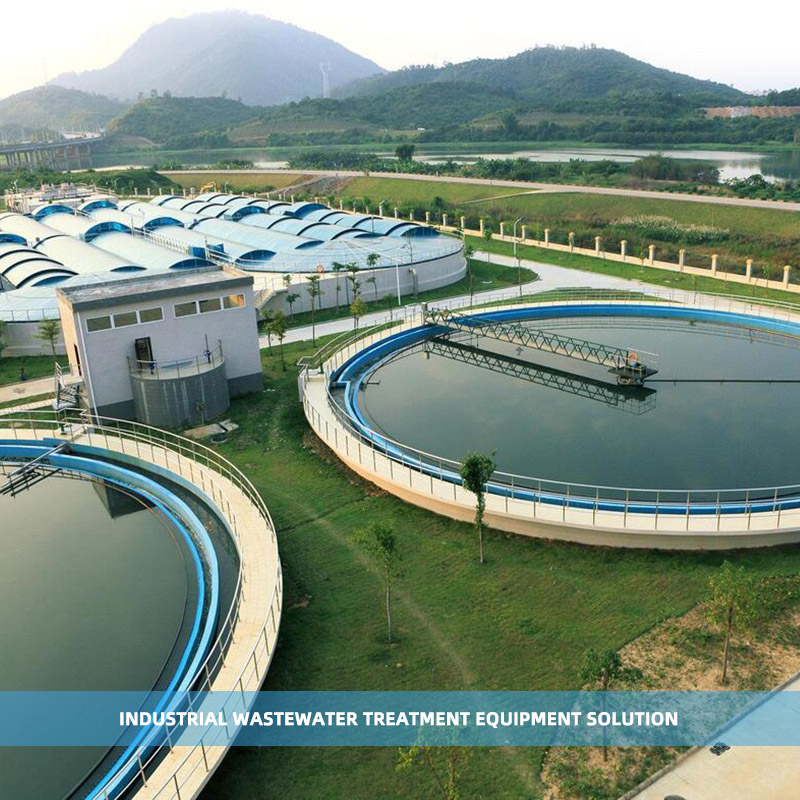
Industrial wastewater treatment equipment solutions typically include the following key steps and equipment based on the characteristics, treatment goals, and discharge standards of different industrial wastewater:
Preprocessing stage
Grille well/screen: removes larger suspended and floating particles from wastewater.
Regulating tank: Balancing water quality and quantity, reducing the impact of wastewater fluctuations on subsequent treatment.
Sand settling tank: removes inorganic particles and sand particles with high specific gravity from wastewater.
Physical processing stage
Coagulation sedimentation tank: suspended particles are aggregated into flocs by adding coagulants, and then separated by sedimentation.
Air flotation equipment: uses tiny bubbles to adhere to oil droplets and suspended particles in wastewater, causing them to float to the surface and be removed.
Filtering equipment: such as fast filter, sand filter, fiber filter cloth, etc., further remove fine particles and suspended solids.
Chemical treatment stage
Neutralization reaction tank: Adjust the pH of wastewater to adapt to subsequent treatment processes or meet discharge standards.
Chemical sedimentation tank: By adding chemical agents, heavy metal ions or other soluble pollutants are promoted to form precipitates, which are then removed through sedimentation.
Oxidation/Reduction Reaction Tank: By adding oxidants or reducing agents, difficult to degrade organic compounds or specific heavy metal ions are treated.
Biological treatment stage
Activated sludge process: including aeration tanks (such as SBR, AO, AAO, etc.), biofilters, etc., which use microorganisms to degrade organic pollutants in wastewater.
Biofilm method, such as MBR (membrane bioreactor), combines biological treatment and membrane separation technology to improve treatment efficiency.
Deep processing stage
Reverse osmosis (RO) system: removes ionic pollutants and most organic matter from wastewater, producing reusable clean water.
Ultrafiltration/nanofiltration (UF/NF): used for intercepting small particles, colloids, partially dissolved organic matter, and some ions.
Ion exchange resin equipment: targeted removal of specific ions, such as heavy metal ions, hardness ions, etc.
Disinfection treatment
UV sterilizer/ozone disinfection equipment: kills pathogenic microorganisms in wastewater to ensure the safety of discharged water.
Sludge treatment and disposal
Concentrated dewatering equipment (such as belt type concentrated dewatering machines, centrifugal dewatering machines, etc.): reduces the volume of sludge for subsequent treatment and disposal.
Sludge digestion equipment: Through anaerobic or aerobic methods, the organic matter in the sludge is further degraded, while producing biogas for utilization.
Each industrial water purification equipment scheme needs to be personalized designed and configured according to the actual characteristics and treatment needs of wastewater, ensuring that the final effluent quality meets relevant environmental regulations. At the same time, factors such as equipment operating costs, processing efficiency, footprint, and degree of automation will also be considered.

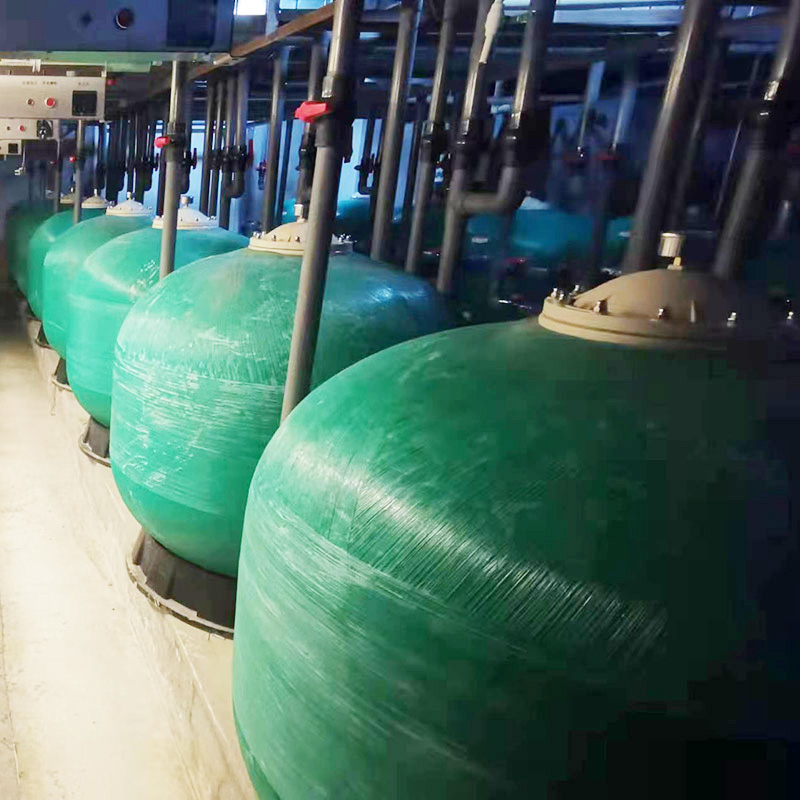
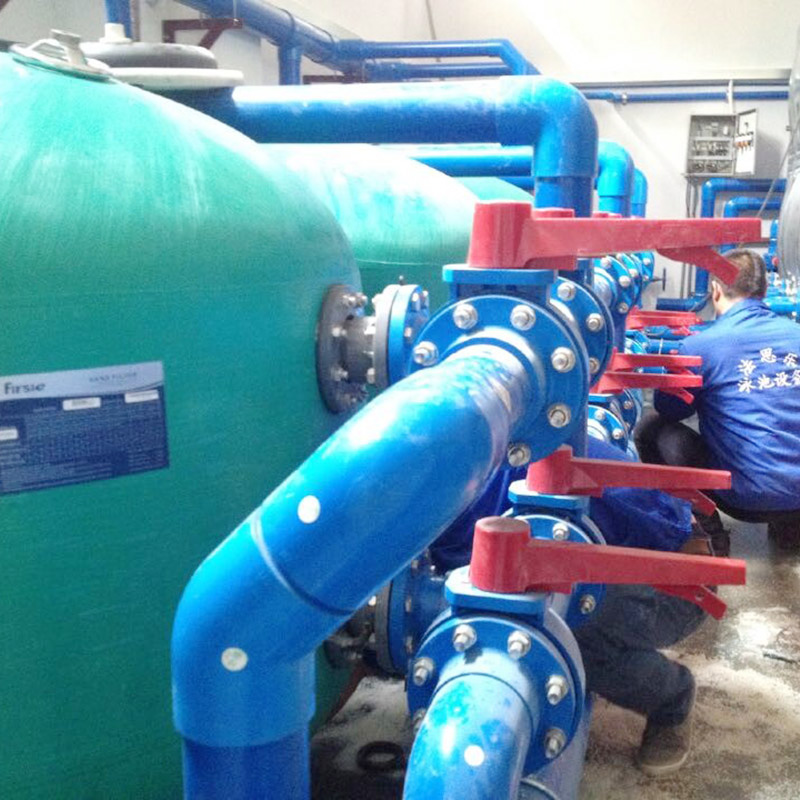
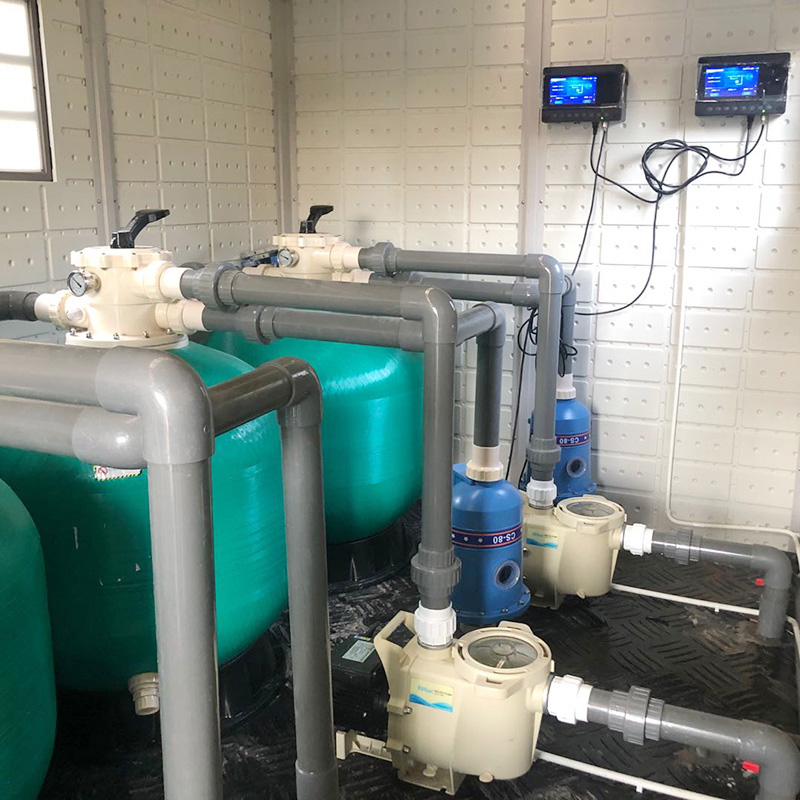


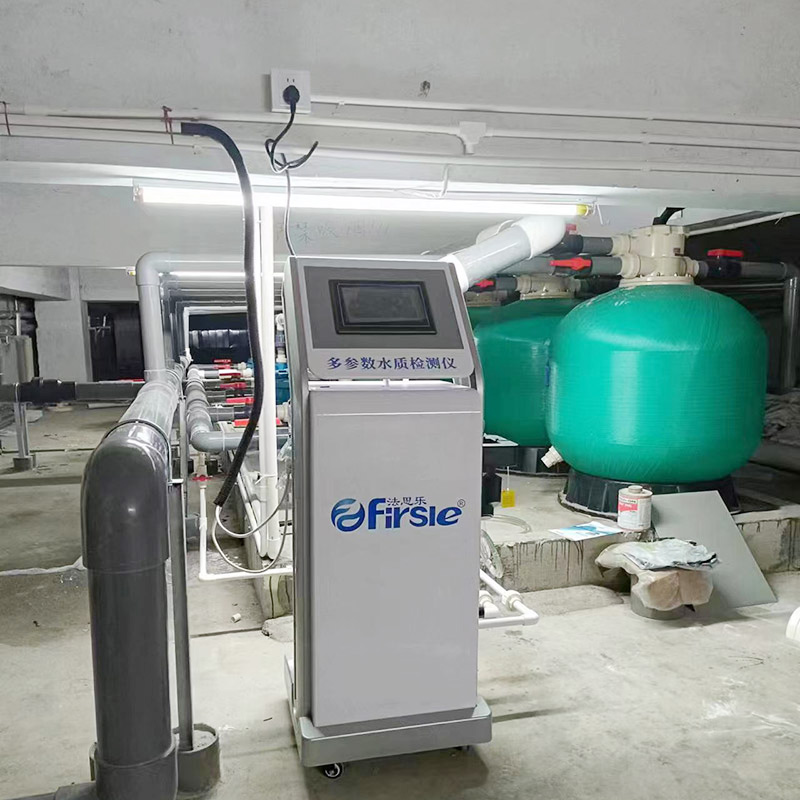
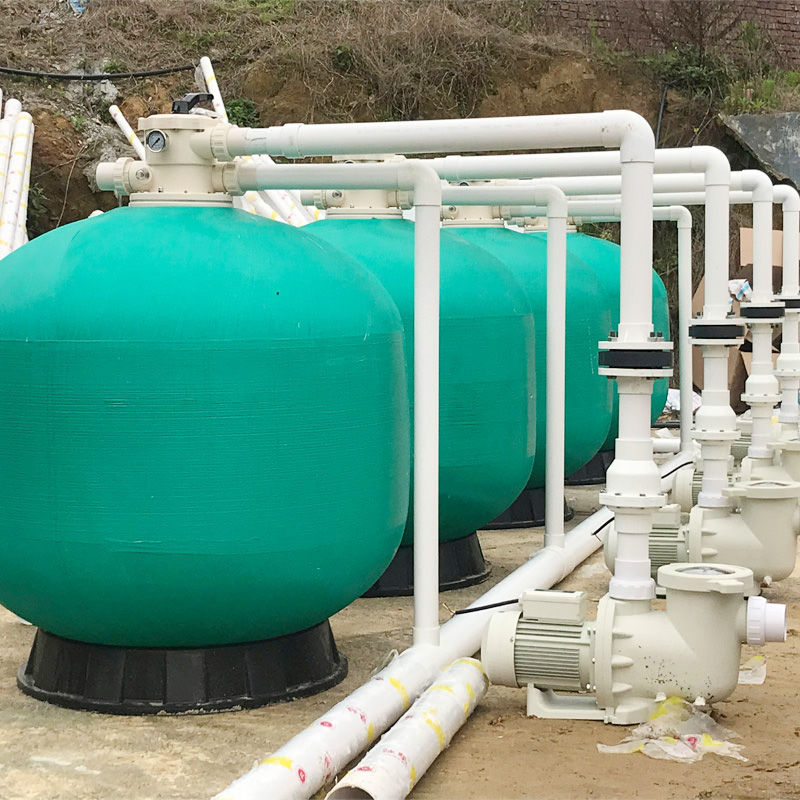

Screenshot, WeChat recognition QR code
wechat number:+86 18620661125
(Click on WeChat to copy and add friends)